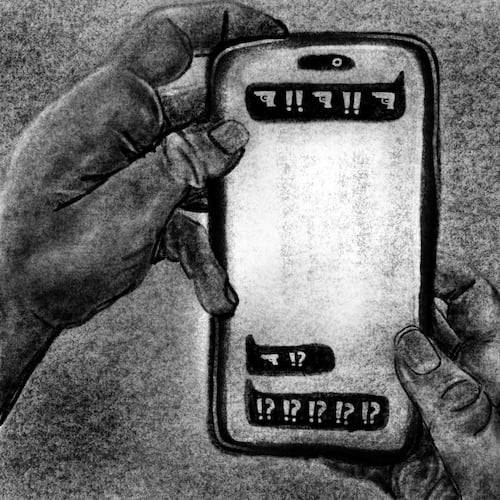THEATER REVIEW
“American Buffalo”
Grade: B -
Through March 6. 8 p.m. Wednesdays-Saturdays; 2:30 p.m. Saturdays-Sundays. Also 11 a.m. Feb. 17. $15-$50. True Colors Theatre, Southwest Arts Center, 915 New Hope Road, Atlanta. 1-877-725-8849, truecolorstheatre.org.
Bottom line: Feels a little soft for Mamet.
David Mamet’s “American Buffalo” is a legendary mid-’70s play about a trio of small-time crooks who bungle the theft of a coin collection.
Set in a junk shop owned by the paternalistic Don, the story has generated near-mythic appeal, thanks to profanity-spewing, cock-of-the-roost Teach, who rattles Don and terrorizes Don’s bumbling gopher, Bobby.
Hollywood's Robert Duvall and Al Pacino have played Teach on Broadway. And now in a True Colors Theatre production directed by John Dillon, Atlanta actor Neal Ghant ("One Flew Over the Cuckoo's Nest") steps into the role of the preening bully, who chews up and spits out his buddies with the efficiency of a meat grinder.
“American Buffalo” is one of those wordy, fast-talking, testosterone-laced tales where the wafer-thin plot is subsumed by the pummeling language and outsize posturing.
Not much happens here, and a good bit of the action is filled in by the observations of Teach and Bobby. That style of past-tense narration can turn the most promising dramas into something slow and turgid. Such plodding can’t be transformed even by the solid, technically proficient performances on view here.
“American Buffalo” has the feel of a brooding Irish tale — so much waiting and yearning and melancholy, all ready to boil over into tragedy — which gives it a lovely timeless luster. You can also see how Mamet helped set the tone for writers like August Wilson, Tracy Letts and others. (It reminds me, in particular, of Wilson’s “Jitney.”)
It has been posited that the group Mamet imagines here is as endangered as a rare coin. In the contours of this specific moment — the flashy clothes, the Afro pick, the antique telephone — that may be true. But I would argue that economic disparities — and crime — are as rampant in America as ever, and that themes of friendship, loyalty and betrayal are eternal.
Now to the performances: Ghant is damn good as a man as convinced of his authority as we are of his vanity. As Don, G. Valmont Thomas is also quite strong. Part nag, part wag, all heart, he will referee the comings and goings of Teach and Bobby, and the revelations that keep the story spinning.
Garrett Gray’s take on Bobby, a recovering drug addict, radiates a sweet innocence that makes him feel more “slow” than troubled. It’s a nicely endearing take on the character. And yet somehow, these individualized portraits don’t add up to a memorable whole. Instead of flaring up a like a powder keg, the show too often flames out, like a half-lit candle.
The set, by Moriah and Isabel Curley-Clay, is worth noting, in that it almost becomes a character in its own right. The designers fill Don’s shop with an accumulation of objects to rival “Sanford and Son” or the Alliance’s “Christmas Carol.” And Sydney Roberts has a good time dressing the characters in the clothes of the period — bell-bottoms, flashy prints and so on.
Here’s the thing: If you are seeing “American Buffalo” for the first time, you may wonder what the fuss has been about all these years. There are, as they say, two sides to every coin. This one alas feels more faint and weathered than shiny and new.
About the Author
Keep Reading
The Latest
Featured


